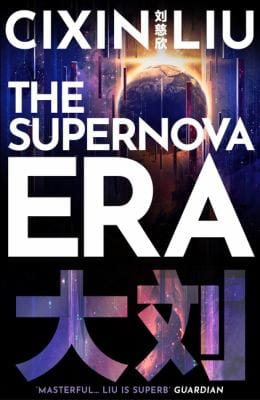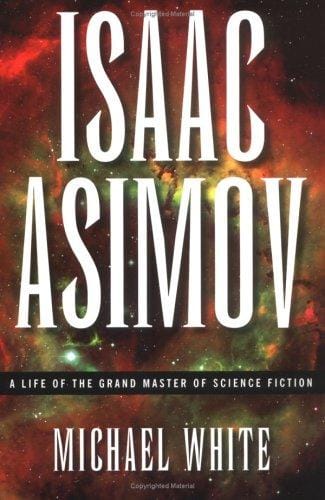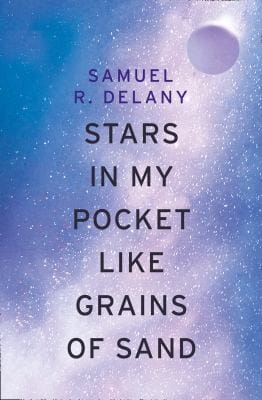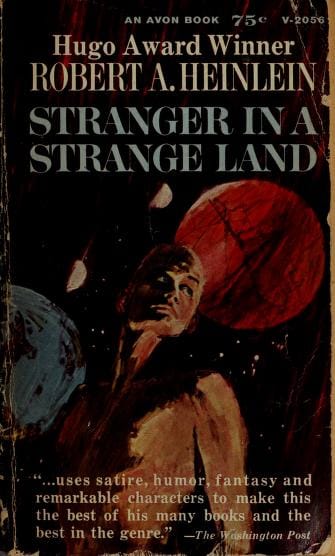Supernova Era: How Exploding Stars Shape Our Universe and Imagination
Explore the Supernova Era — a time defined by star explosions that influence cosmic chemistry, Earth's future, and human creativity.

Introduction to the Supernova Era
When a massive star ends its life in a spectacular explosion, the resulting supernova can outshine an entire galaxy for weeks. Astronomers often use the term "Supernova Era" to describe the cosmic epoch during which these colossal blasts seeded the universe with heavy elements, reset galactic chemistry, and influenced the emergence of life. Beyond hard science, Chinese author Cixin Liu popularized the phrase in his novel "Supernova Era," where a near-future Earth is literally rebooted by stellar fury. This article blends both perspectives to explore why the Supernova Era is central to astrophysics, planetary futures, and human culture.
What Exactly Is a Supernova?
A supernova occurs when a star reaches the end of its nuclear fuel. In core-collapse supernovae, stars at least eight times the mass of our Sun can no longer fuse elements in their core, leading to a gravitational implosion followed by an explosive rebound. Type Ia supernovae arise from white dwarfs in binary systems that accumulate too much mass from a companion star. Both types release more energy in a few seconds than the Sun will emit over its entire lifetime. The Supernova Era concept reminds us that such cataclysms are not rare cosmic footnotes; they are fundamental milestones in the story of matter, energy, and biological possibility.
The Chemical Legacy
Why do supernovae matter to us? Because every atom of iron in your blood, every speck of gold in your jewelry, and much of the oxygen in the air were forged in stellar furnaces and hurled across space by supernovae. Without these explosions, the universe would be largely limited to hydrogen and helium. The Supernova Era therefore marks the transition from a simple, primordial cosmos to one rich enough to support rocky planets and complex life. Unpacking this chemical legacy helps researchers understand everything from exoplanet formation to the composition of distant galaxies.
The Supernova Era in Modern Astronomy
Today, astronomers deploy robotic sky surveys such as the Vera C. Rubin Observatory’s Legacy Survey of Space and Time (LSST) to catch supernovae within hours of ignition. By comparing brightness curves and spectra, scientists measure cosmic distances, refine the Hubble constant, and probe the mysterious force of dark energy. Upcoming space telescopes like the James Webb Space Telescope and the Nancy Grace Roman Space Telescope will extend this work deep into the infrared, revealing supernovae in the earliest galaxies. In a very real sense, we are currently living in a golden age of Supernova Era research.
Potential Impacts on Earth
A supernova within 30 light-years could bathe Earth in harmful radiation, potentially stripping the ozone layer and triggering mass extinctions. Fortunately, the nearest candidate star, Betelgeuse, sits about 548 light-years away, comfortably outside the danger zone. Nonetheless, geological records indicate that past nearby supernovae may have left isotopic fingerprints, such as iron-60 deposits, in oceanic crusts. Studying these clues helps scientists test models of how cosmic events influence Earth’s climate and biology.
Cixin Liu’s Futuristic Vision
In his 2003 novel "Supernova Era," Cixin Liu imagines a supernova so powerful that its radiation destroys every adult’s DNA on Earth, leaving only children to rebuild civilization. The book explores themes of innocence, governance, and the boundary between play and responsibility. While fictional, Liu’s story taps into real scientific anxieties about cosmic vulnerability and the resilience of human society. The novel has introduced the term "Supernova Era" to a broader audience, blending astrophysical awe with sociological speculation.
Science Fiction as a Catalyst for Science
Science fiction often anticipates technological and philosophical challenges long before labs catch up. By dramatizing the Supernova Era, authors like Liu encourage readers to consider how cosmic events could reshape geopolitics, ethics, and education. This feedback loop between imagination and investigation inspires young scientists, influences research funding, and enhances public engagement with astronomy.
How to Observe a Supernova from Your Backyard
Although most supernovae are too faint for naked-eye viewing, amateur astronomers armed with modest telescopes and internet alerts can still join the hunt. Services such as the Astronomer’s Telegram and the Transient Name Server publish real-time reports of new transients. By photographing the same patch of sky regularly, you may capture a supernova’s rapid rise in brightness. Your data can contribute to citizen-science projects that refine light curves and aid professional analyses. Participating in observations personalizes the vast timescales of the Supernova Era, turning cosmic fireworks into tangible experiences.
The Future of the Supernova Era
As instrumentation improves, researchers hope to witness the entire life cycle of a massive star, from pre-supernova neutrino warnings to the birth of neutron stars or black holes. Detecting gravitational waves from supernovae will reveal hidden dynamics inside stellar cores. Meanwhile, planetary scientists model how periodic blasts in a galaxy’s spiral arms may regulate the habitability of worlds by periodically resetting biochemical clocks. In that sense, the Supernova Era is not confined to a distant past; it is an ongoing, observable force with direct implications for the search for extraterrestrial life.
Conclusion
Whether you approach it as an astrophysical milestone or a provocative piece of speculative fiction, the Supernova Era embodies the explosive power of stars to create, destroy, and inspire. From seeding the periodic table to shaping cultural narratives, supernovae occupy a pivotal role in our understanding of the universe and our place within it. By studying these cataclysmic events—and by imagining their consequences—we gain insights into cosmic evolution, planetary security, and the boundless capacity of human curiosity.



